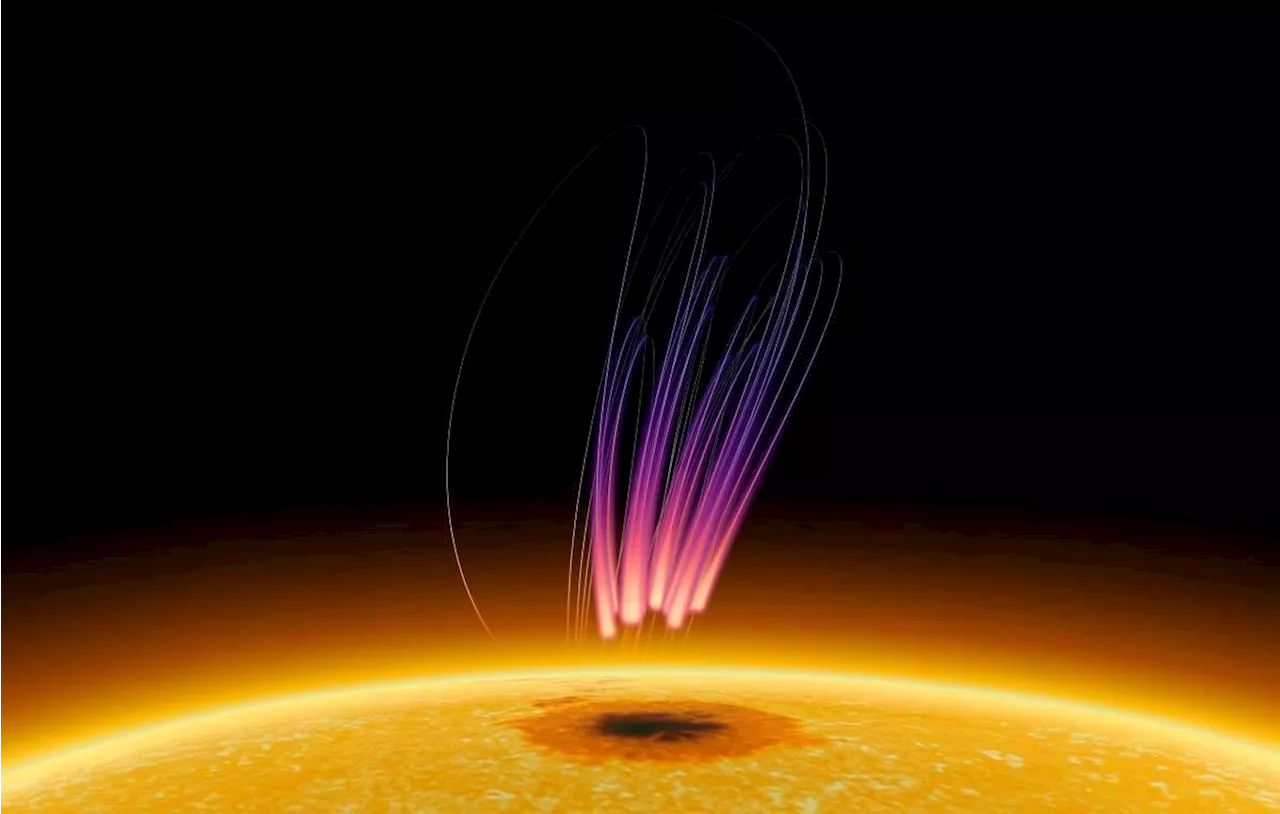Science, Space and Technology News 2024
Scientists have discovered radio bursts above a sunspot that resemble radio emissions from auroras on Earth. The pink-purple streaks in this illustration represent the radio emissions, with higher-frequency radio signals in pink, closer to the sunspot, and lower frequencies in purple. The thin lines represent magnetic field lines above the sunspot. The sunspot is the dark region on the Sun at the bottom.
Detected about 25,000 miles above a sunspot – a relatively cool, dark, and magnetically active region on the Sun – such radio bursts had previously been observed only on planets and other stars., Newark, who is the lead author of a paper reporting the discovery in the January 2024 issue of Nature Astronomy. The research was first published online in November 2023.
These sunspot radio bursts also have other characteristics – such as their spectra and their polarization – that are much more like radio emissions produced in the polar regions of Earth and other planets with auroras. “The discovery excites us as it challenges existing notions of solar radio phenomena and opens new avenues for exploring magnetic activities both in our Sun and in distant stellar systems,” Yu said.
Norge Siste Nytt, Norge Overskrifter
Similar News:Du kan også lese nyheter som ligner på denne som vi har samlet inn fra andre nyhetskilder.
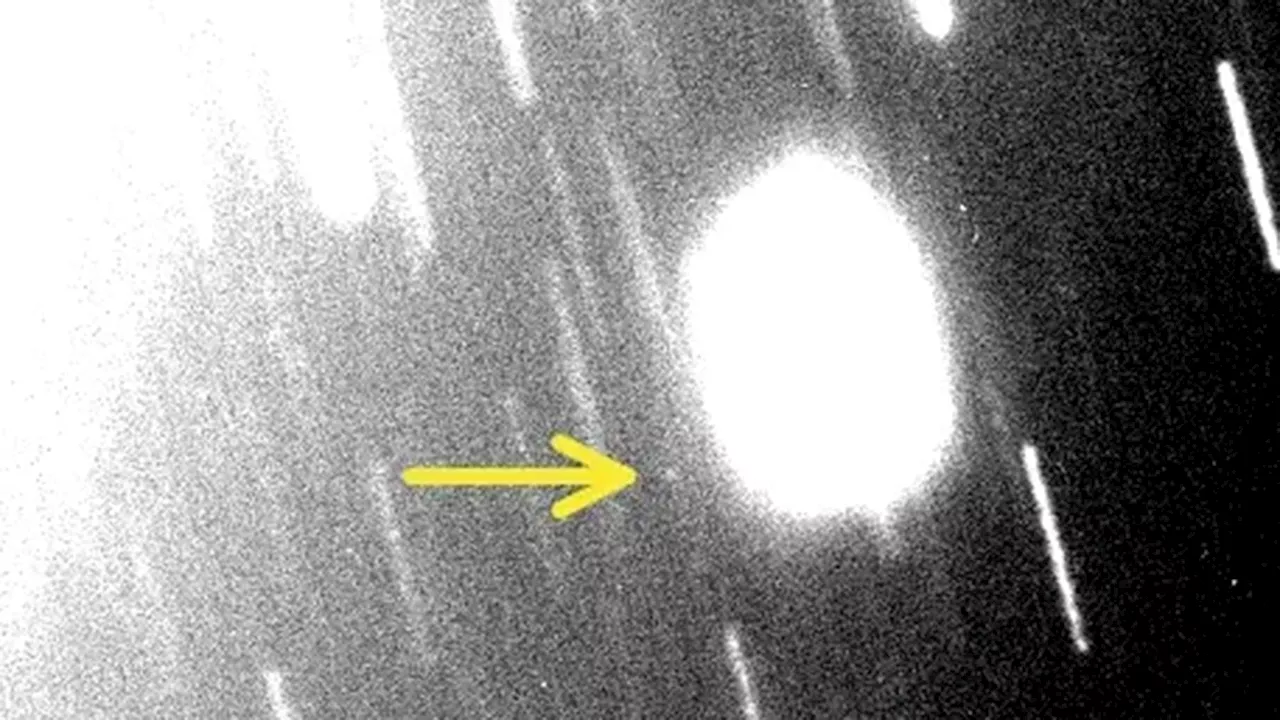 Astronomers discover new moons orbiting Uranus and NeptuneLaura is a science news writer, covering a wide variety of subjects, but she is particularly fascinated by all things aquatic, paleontology, nanotechnology, and exploring how science influences daily life. Laura is a proud former resident of the New Jersey shore, a competitive swimmer, and a fierce defender of the Oxford comma.
Astronomers discover new moons orbiting Uranus and NeptuneLaura is a science news writer, covering a wide variety of subjects, but she is particularly fascinated by all things aquatic, paleontology, nanotechnology, and exploring how science influences daily life. Laura is a proud former resident of the New Jersey shore, a competitive swimmer, and a fierce defender of the Oxford comma.
Les mer »
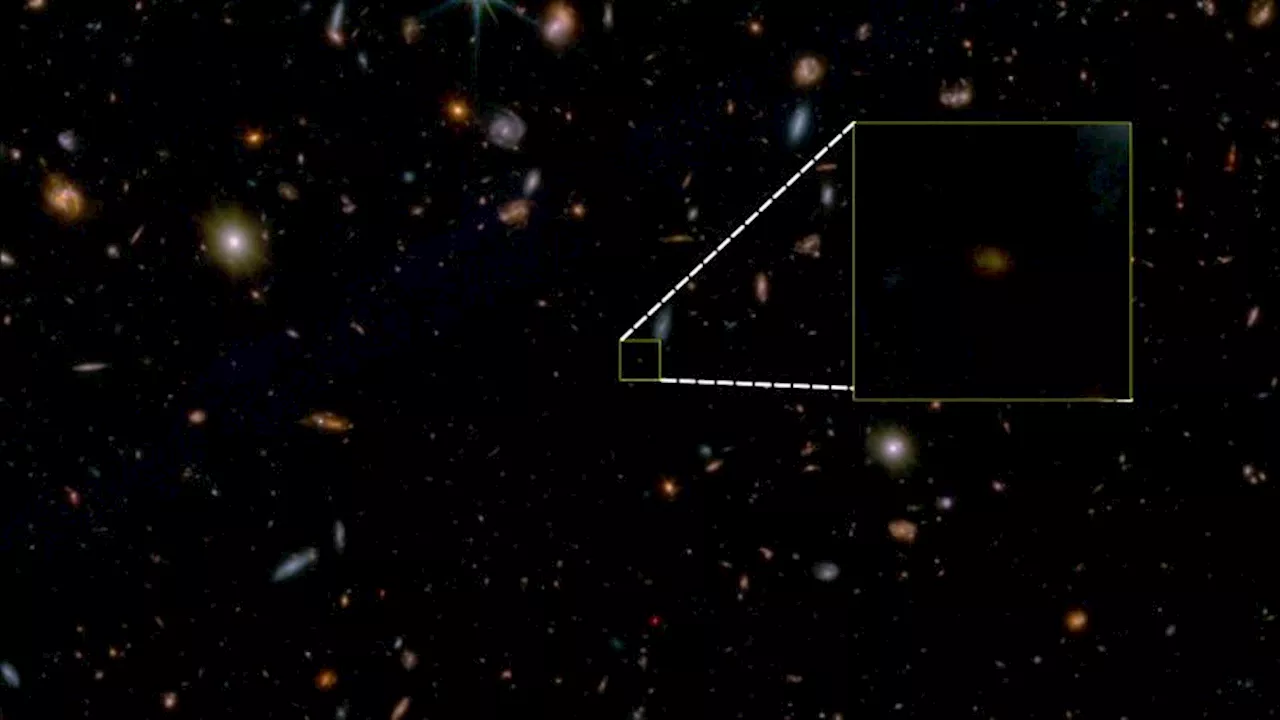 Astronomers discover oldest ‘dead’ galaxy in the distant universeThe newly discovered galaxy, named JADES-GS-z7-01-QU, existed about 700 million years after the big bang, until something made star formation suddenly stop.
Astronomers discover oldest ‘dead’ galaxy in the distant universeThe newly discovered galaxy, named JADES-GS-z7-01-QU, existed about 700 million years after the big bang, until something made star formation suddenly stop.
Les mer »
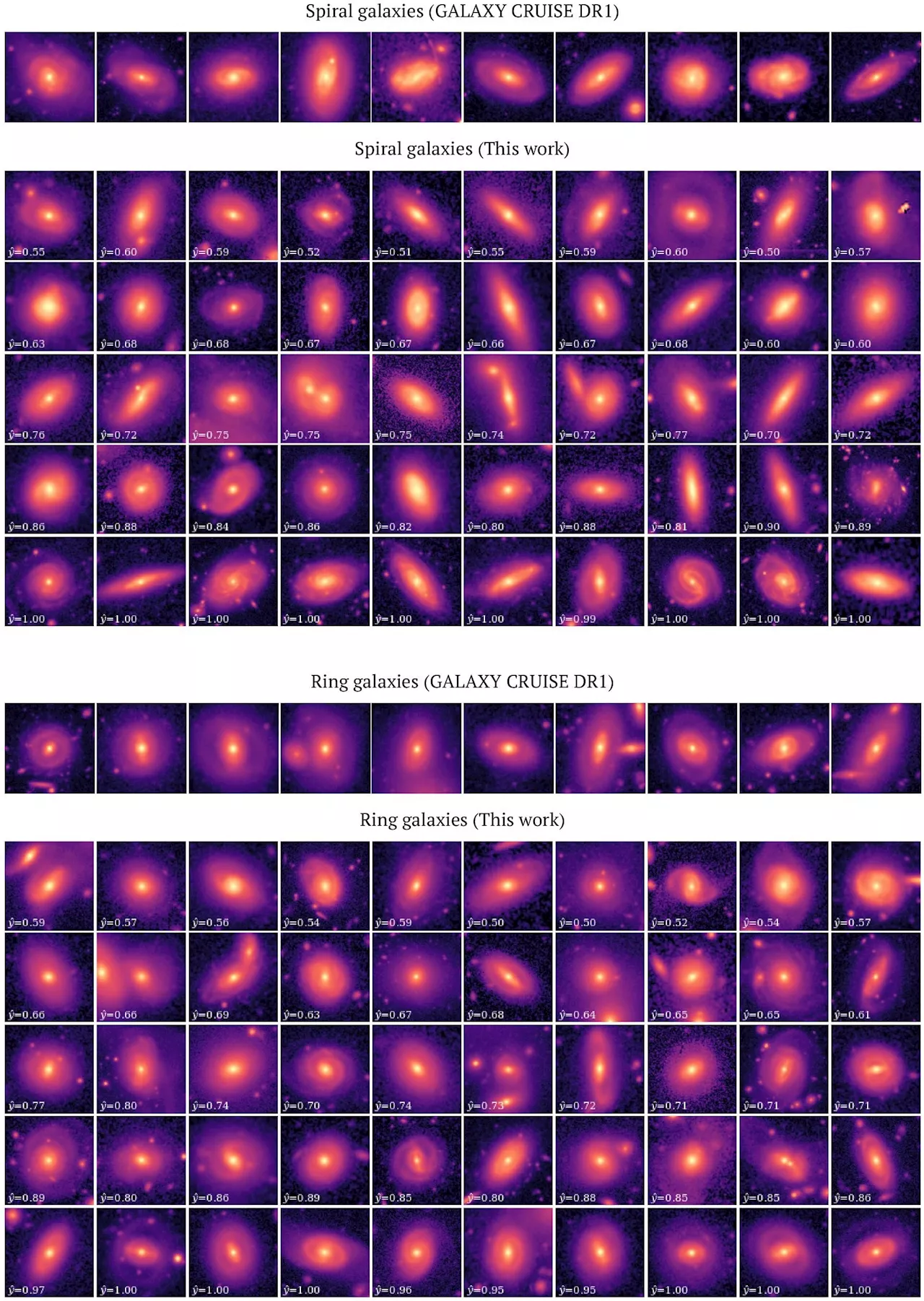 Citizen astronomers and AI discover 30,000 ring galaxiesBuilding on the synergy between citizen astronomer classifications and AI, astronomers have discovered approximately 400,000 spiral galaxies and 30,000 ring galaxies in data from the Subaru Telescope. This is the first example of research building on the classification data from the citizen science project 'GALAXY CRUISE.
Citizen astronomers and AI discover 30,000 ring galaxiesBuilding on the synergy between citizen astronomer classifications and AI, astronomers have discovered approximately 400,000 spiral galaxies and 30,000 ring galaxies in data from the Subaru Telescope. This is the first example of research building on the classification data from the citizen science project 'GALAXY CRUISE.
Les mer »
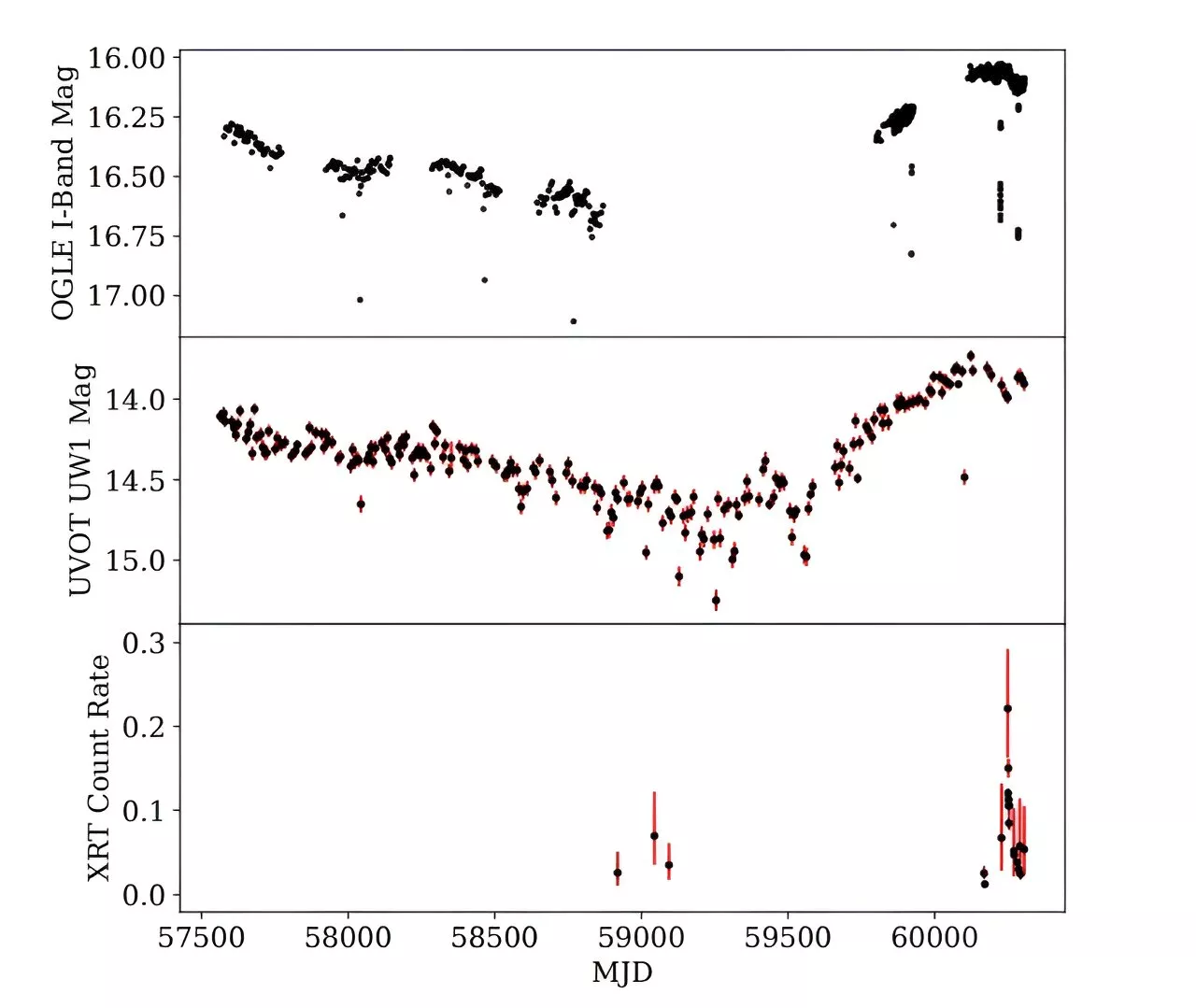 Astronomers discover a rare eclipsing X-ray binaryAn international team of astronomers reports the detection of a rare eclipsing Be/X-ray binary system as part of the Swift Small Magellanic Cloud (SMC) Survey (S-CUBED). The finding was detailed in a research paper published March 12 on the preprint server arXiv.
Astronomers discover a rare eclipsing X-ray binaryAn international team of astronomers reports the detection of a rare eclipsing Be/X-ray binary system as part of the Swift Small Magellanic Cloud (SMC) Survey (S-CUBED). The finding was detailed in a research paper published March 12 on the preprint server arXiv.
Les mer »
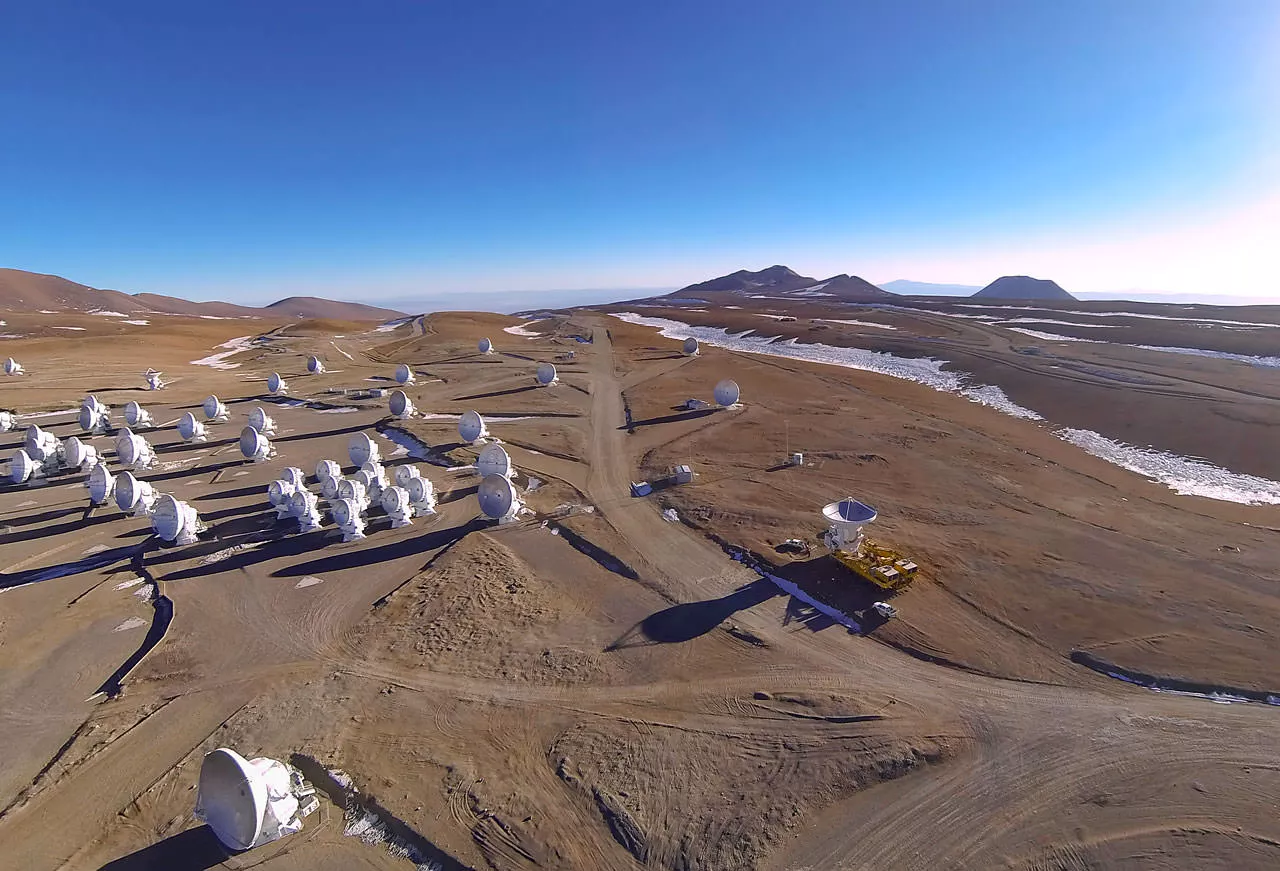 Astronomers Seek New Radio Telescope with Massive DishAstronomers are looking for a new radio telescope made of one massive dish to overcome the limitations of current arrays like ALMA.
Astronomers Seek New Radio Telescope with Massive DishAstronomers are looking for a new radio telescope made of one massive dish to overcome the limitations of current arrays like ALMA.
Les mer »
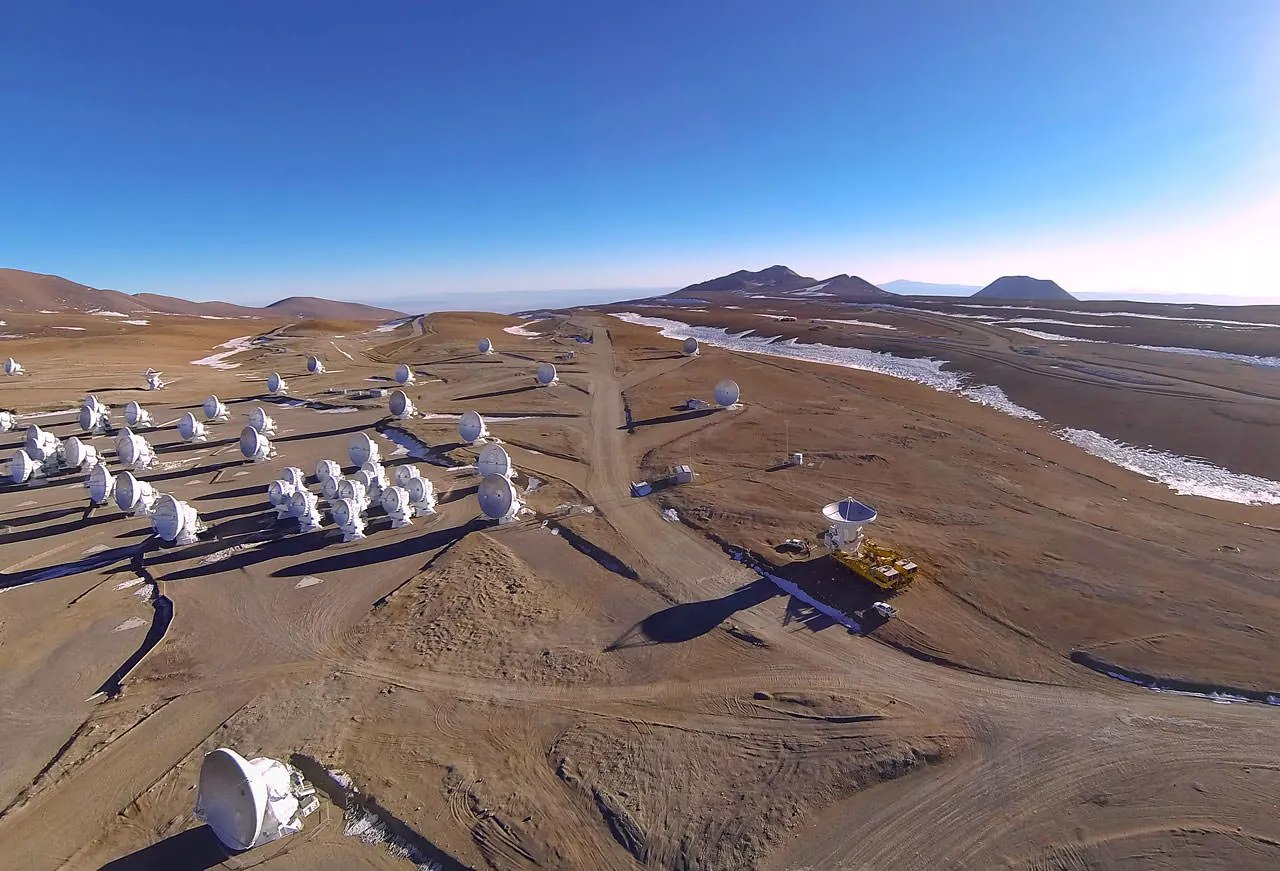 Astronomers Seek New Radio Telescope Made of One Massive DishAstronomers are looking for a new radio telescope made of one massive dish to overcome the limitations of current arrays like ALMA.
Astronomers Seek New Radio Telescope Made of One Massive DishAstronomers are looking for a new radio telescope made of one massive dish to overcome the limitations of current arrays like ALMA.
Les mer »
